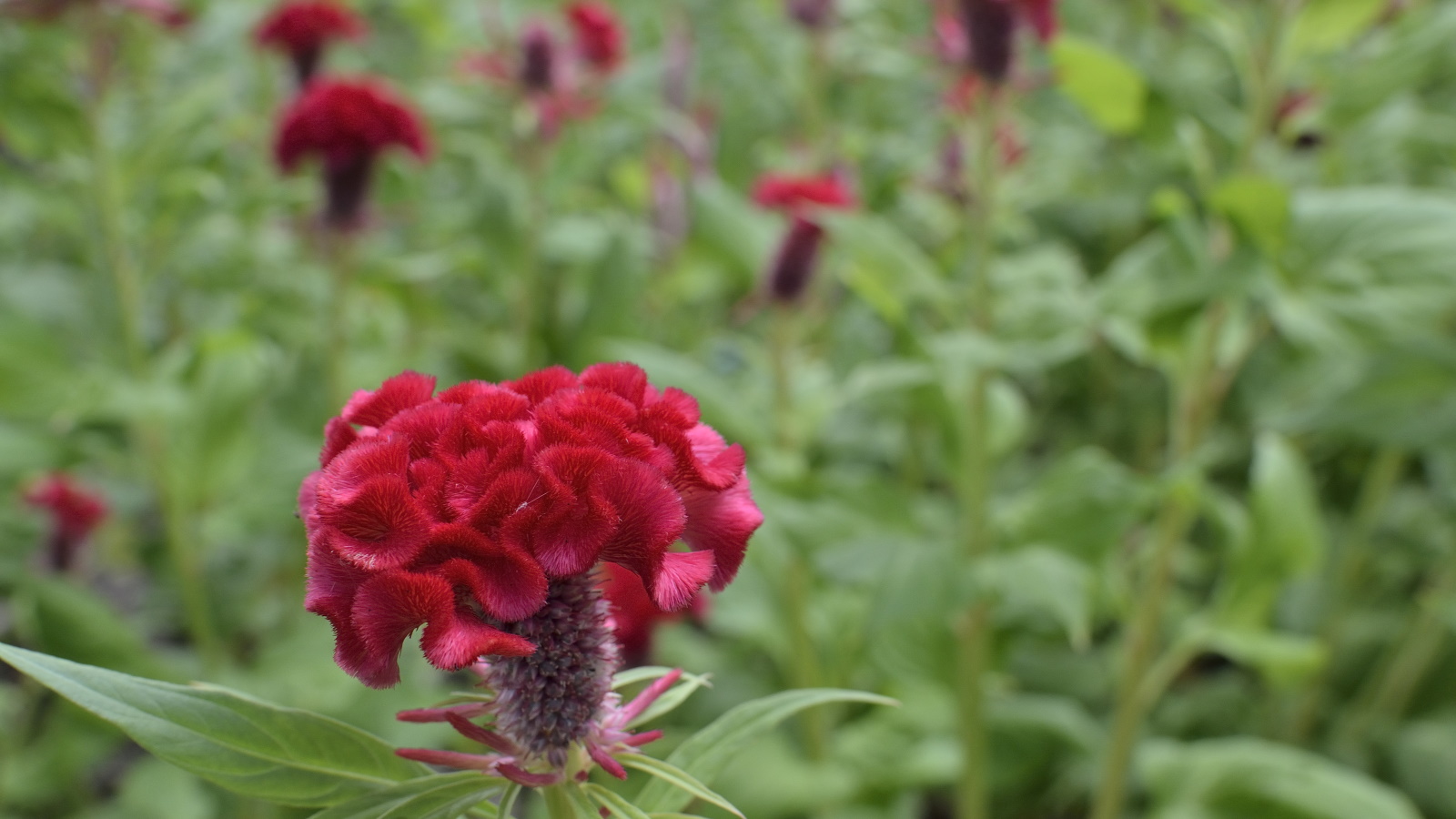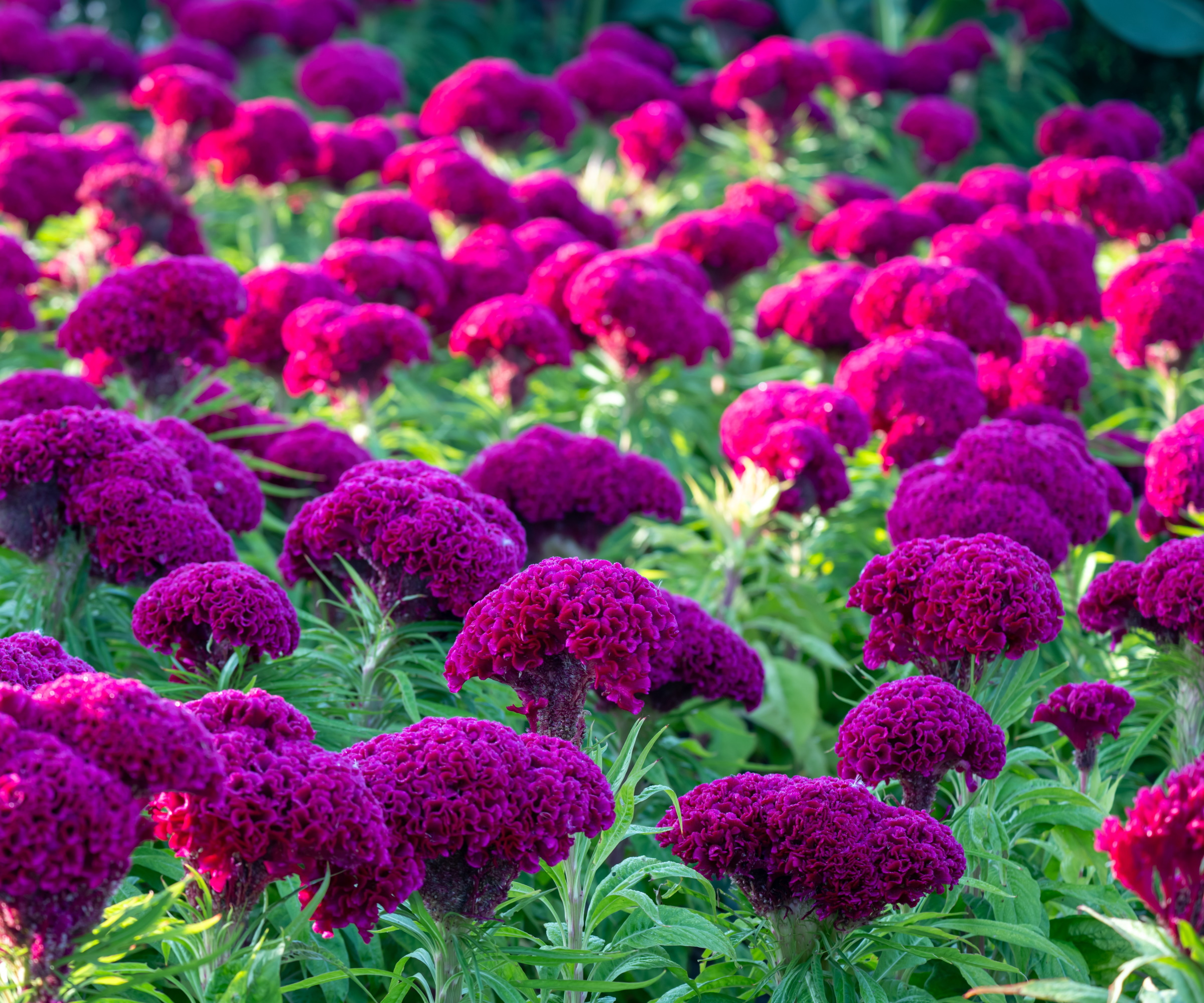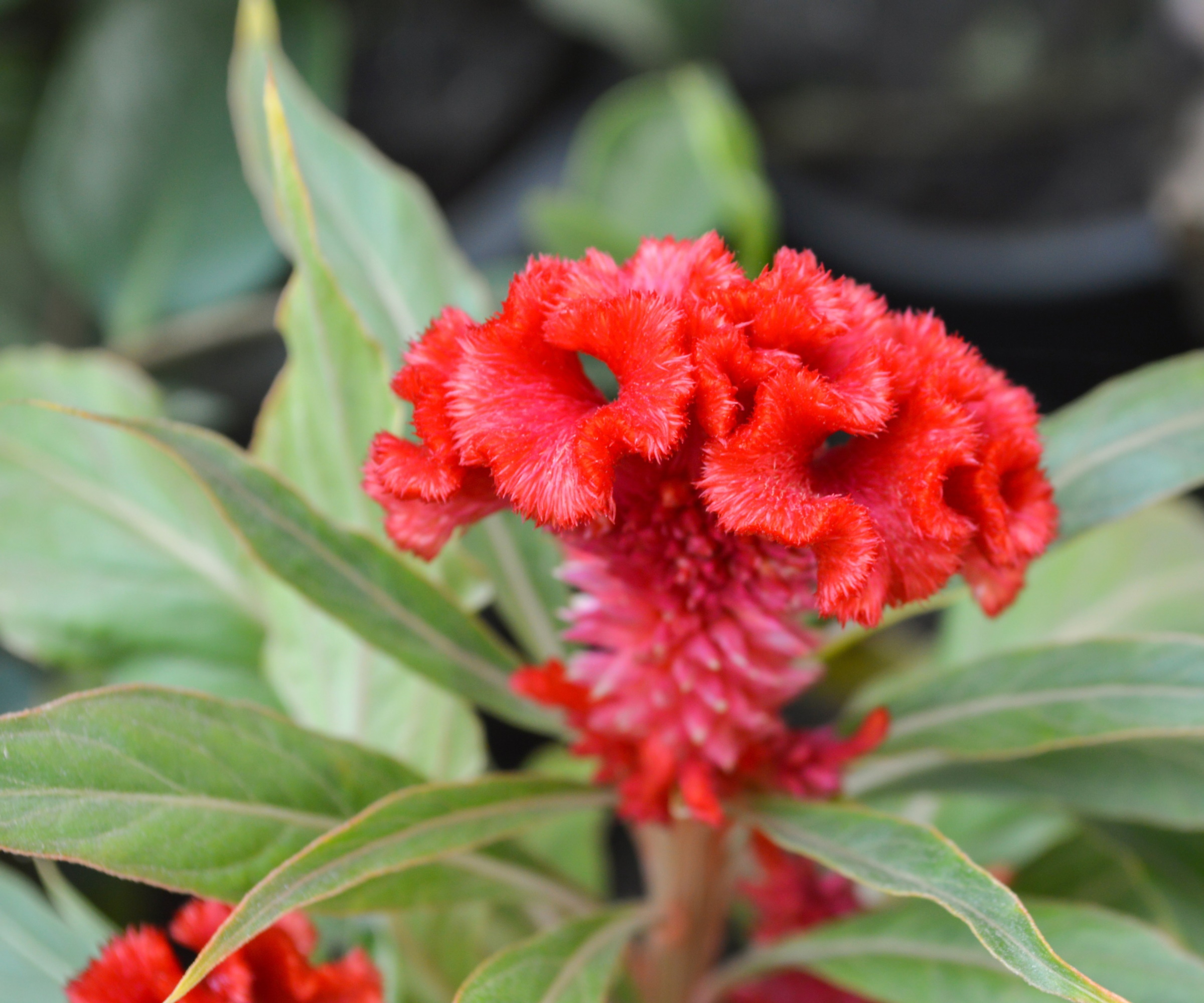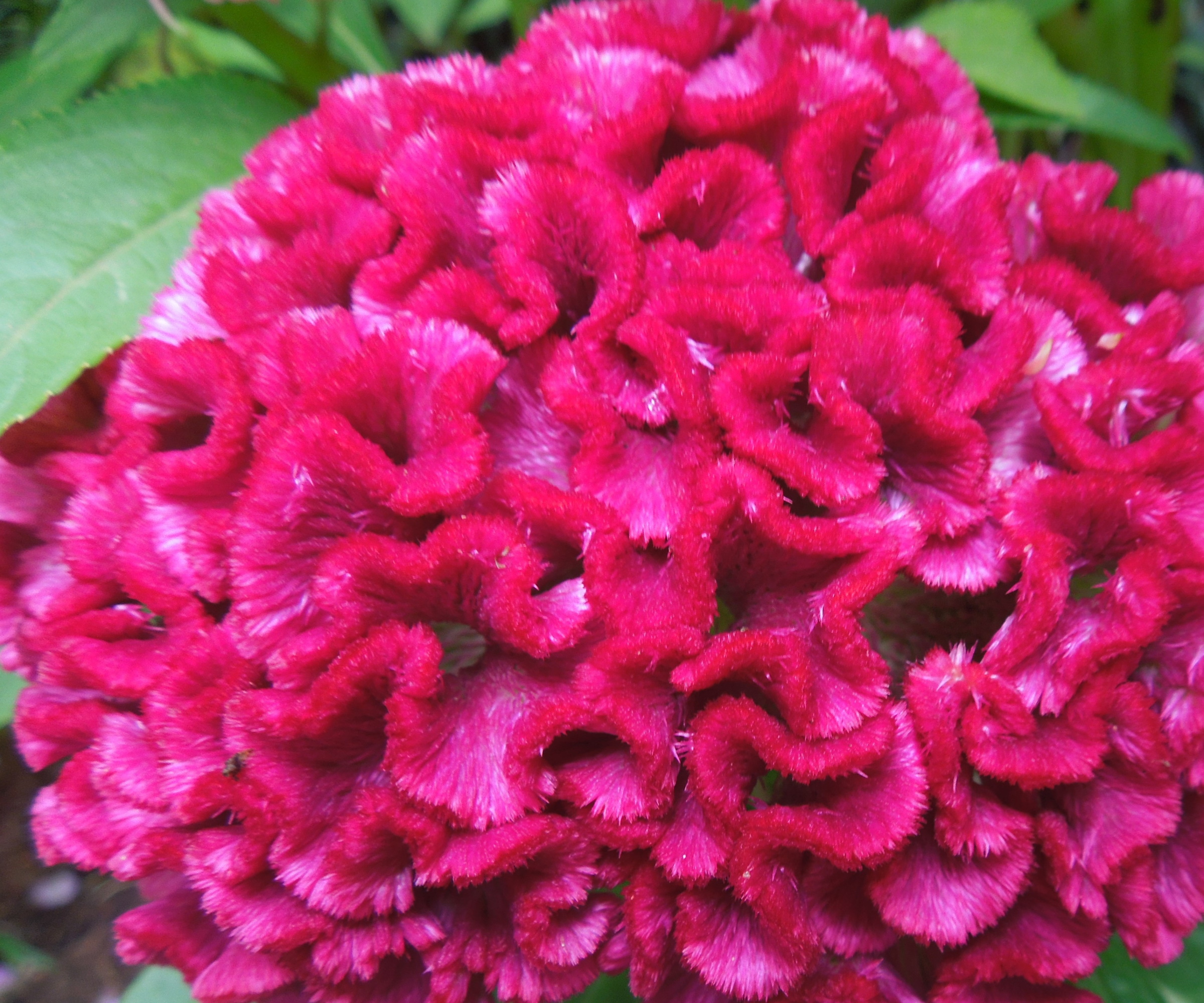
If you are looking to add something different to your flower beds this year, look no further than the colorful cockscomb. Celosia cristata, or cockscomb, is so named for its resemblance to the comb or head of a rooster, with vibrant ruffled flower heads demanding attention whether in the garden borders or arranged in a vase.
The striking, large blooms can be white, yellow, purple, pink or red, ideal for those gardeners seeking colorful and showy flower bed ideas this year. Native to tropical regions in Africa, Asia and the Americas, cockscomb can be grown as an annual in most zones, regarded as an easy-to-grow flowering annual.
Here, we share expert growing advice on how to grow cockscomb for a profusion of velvety, unique flowers, that can be planted in flower beds or containers.

How to grow cockscomb
Cockscomb is an easy-to-grow and low-maintenance flowering plant with large and striking blooms. Ideal for gardeners seeking color, these vivid blooms will add something unique to your flowering displays this year.
Things to consider about cockscomb

Cockscomb can be grown as an annual in most zones, flowering for much of spring and summer before fading in fall as the temperatures begin to drop. In warmer regions, typically US hardiness zones 8 to US hardiness zones 10 and above, cockscomb can be grown as a perennial and will survive mild winters.
When considering how to grow celosia, cockscomb - like most other celosia plants - does not grow well in cool or shady conditions. For the best results, position cockscomb in sunny, sheltered spots.
Cockscomb does better when 'planted directly in garden beds with room to spread out,' says Lorin Nielsen, Head Horticulturist of Epic Gardening. 'Cockscomb, which has a coral or brain-like flower, can hit up to 32 inches tall,' Lorin adds, and so if gardeners are looking to grow this in a container, it 'may need a larger one to have room to develop.'
'These are full-sun, warmth-loving plants,' Lorin continues, and 'so temperatures of 60°F plus will produce the best growth.' It is also important to remember that cockscomb are tropical plants, so they 'love humidity and thrive in humid locations,' Lorin adds.
'Arid places may cause them to dry out too rapidly, so in very warm areas, it is best to plant in a position with some afternoon shade, especially if container-growing.'
Celosia cristata 'Gypsy Queen' sparks the border with deep dark purple-red flowers with dark-burgundy foliage. The unmistakable crimson 6 inch crested flowerheads demand attention, looking great in the garden borders or in a vase.
Growing advice for cockscomb

- Soil: Cockscomb grows best in 'well-draining soil with average moisture retention,' says Jason Reeves, horticulturist at the University of Tennessee Gardens, Jackson. Consider combining nutrient-rich soil or using a pre-prepared potting mix for containers that will give your flowers a boost for the growing season.
- Light: 'Celosia varieties, like cockscomb, typically perform best with six or more hours of full sun,' Jason adds. Cockscomb are sun and warmth-loving plants, native to tropical regions, so finding a sunny spot in the borders is recommended.
- Watering: Cockscomb plants can be thirsty during the growing season, so it is recommended that you regularly monitor the soil, watering when the soil is dry to the touch. This can be daily during the warmest days of the summer. While these plants are native to tropical regions, they are typically found in humid places, where moisture levels are high, so watering is crucial for successful cockscomb growing.
- Fertilizing: Fertilize your cockscomb plants once a month with a balanced fertilizer, using something like this plant feed from Walmart. Once established and growing well, swap to using a fertilizer that is high in phosphorus, feeding your celosia and flowering plants once a month. Most annual plants tend to require high levels of phosphorus, needed for developing flowers and fruits quickly. Apply something like this bone meal fertilizer from Walmart. Always follow the directions as seen on the packaging of the fertilizer, diluting as necessary.
- Growing from seed: 'Celosia can be directly sown where you would like for them to grow after the danger of frost has passed,' Jason says. 'This is the preferred method used by most cut flower growers, as sowing directly will often produce stronger, healthier blooms.'
- Growing in containers: As with other celosia species, cockscomb plants prefer to be grown in garden beds. However, some varieties can be grown in containers, particularly those with a more compact form, such as 'Gypsy Queen', with seeds available from Burpee. Larger, bushier varieties do better when grown in the garden borders, such as 'Red Velvet Cake', with seeds available here from Burpee, which should be planted towards the back of the bed.
FAQs
Can I grow cockscomb in a pot?
Yes, cockscomb plants can be grown in a pot. However, many varieties have a tall and bushy form, and so grow best when planted in the garden borders. If you are intent on growing cockscomb in a pot, find a compact, shorter variety. As with other plants that are grown in pots, be sure to water and feed regularly through the spring and summer.
Growing cockscomb in your backyard is sure to add color and interest to your flower beds this year. And, what's more, cockscomb makes for beautiful cut flowers that will transform floral vase displays in the home.
For alternative tropical flowers to grow in your borders, why not consider how to grow lantana, for bright and brilliant blooms that pollinators love?







